Introduction to Millets
Millets are a group of highly variable small-seeded grasses that have been cultivated for thousands of years as cereal crops or grains. Some of the earliest evidence of millet cultivation comes from China around 2700 BCE, while evidence in India dates back to 2000 BCE.
There are two main types of millets - major millets and minor millets. The major millets include some of the most widely cultivated varieties like pearl millet, finger millet, proso millet, and foxtail millet. Minor millets refer to the less common varieties like little millet, kodo millet, barnyard millet, and browntop millet among others. There are over a dozen types of minor millets grown in more localized regions around the world.
While not as widely consumed as major cereal grains like wheat and rice today, millets were once staple crops in many ancient civilizations in Asia and Africa. They are highly resilient, drought-tolerant crops that can grow well in arid zones and less fertile soils. Both major and minor millets are nutritionally dense, gluten-free grains increasingly valued for their health benefits.
Origins and History
Millets are one of the oldest cultivated cereal grains, with evidence of their cultivation dating back to 7000 BCE in China. From their origins in Asia, millets spread westward to Europe and eastward to Japan between 3000 and 1000 BCE.
Archaeological evidence shows millets were a staple crop in ancient India, China, and Africa. They were one of the first grains used to make flatbreads, porridges, beers, and wines in these regions. Millets were also commonly used for animal fodder.
In India, millets have been mentioned in some of the oldest Hindu scriptures, indicating their cultural significance. Ancient texts also suggest millets were offered to gods in religious ceremonies. Evidence from China and Japan shows millets were used in rituals to honor ancestors.
Across many ancient agrarian societies, millets were vital to survival and cultural practices. Their resilience in arid conditions made them a staple grain where rice and wheat could not grow. Millets have remained an integral part of diets in Asia and Africa for thousands of years.


Major Millets
Millets are a group of highly variable small-seeded grasses that are cultivated as cereal crops or grains. Major millets are the most widely cultivated species and have been staple foods in many parts of the world for thousands of years. The four major millets are:
Sorghum (Sorghum bicolor), also known as jowar, milo, or great millet, likely originated in sub-Saharan Africa. It is a staple food across Africa and South Asia. Sorghum has a unique ability to produce food under adverse conditions like drought, which makes it an important crop in arid regions. It is high in protein, iron, and fiber.
Pearl millet (Pennisetum glaucum), also known as bajra, is another African originated millet that thrives in hot, dry regions. It has the longest history of cultivation among millets and remains a dietary staple in the drier parts of Africa and Asia. Pearl millet is high in protein, antioxidants, B vitamins, and various minerals.
Finger millet (Eleusine coracana), also known as ragi, is native to the Ethiopian and Ugandan highlands. It is a staple across East Africa and South Asia, known for its high nutritional content and drought endurance. Finger millet is an excellent source of calcium, protein, iron and other minerals. It has the highest calcium content among all cereals.
Foxtail millet (Setaria italica) originated in China, where it's been cultivated since ancient times. It is grown as a food crop in Northern China and India. It is a fast-growing, drought-tolerant crop adapted to a wide range of soils and growing conditions. Foxtail millet is rich in protein, fiber, vitamins and minerals like iron.
Minor Millets
Minor millets are a group of grains that have been cultivated in India and parts of Asia for thousands of years. Though they are called "minor", they are highly nutritious and an important staple crop for many regions. There are four main types of minor millets:
Proso Millet
Proso millet is a warm season crop that is drought tolerant and only requires moderate rainfall. The grains are small and round and can range in color from white and red to brown. Proso millet has high levels of protein, B vitamins, and minerals like phosphorus, magnesium, and copper. It has a nutty flavor and is used in porridge, flatbreads, and birdseed.
Barnyard Millet
Barnyard millet is a fast-growing, robust grain that thrives in dry zones. The grains are small and look similar to oats. Barnyard millet is high in dietary fiber, protein, and minerals like calcium, phosphorus, and iron. It has a sweet, nutty taste and is used to make porridge, roti, and other foods.
Little Millet
As its name suggests, little millet grains are the smallest of all the millets. The grains are round and dark brown or reddish in color. Little millet is high in iron content and is also a good source of protein, fiber, and minerals. It has a sweet, nutty flavor and can be ground into flour or used to make porridge, cakes, and bread.
Kodo Millet
Kodo millet, also known as African millet, has finger-shaped grains that can be red, brown, or dark grey. It is an excellent source of protein and amino acids compared to other millets. Kodo millet is high in fiber, iron, calcium, B vitamins, and phytochemicals. It is commonly used to make porridge, pudding, and flatbreads. Kodo millet is also used to brew alcoholic beverages.
Minor millets have excellent nutritional value and provide essential vitamins, minerals, antioxidants, and fiber. They have a lower glycemic index which helps regulate blood sugar levels. The grains are naturally gluten-free and a good option for people with celiac disease or gluten intolerance. They are an integral part of food security for smallholder farmers in Asia and Africa.

Nutritional Value
Millets are highly nutritious grains that offer many health benefits. They are an excellent source of protein, fiber, and minerals such as iron, magnesium, phosphorus, potassium, zinc, copper, and manganese.
Compared to refined grains like wheat and rice, millets contain higher amounts of protein with more balanced amino acid profiles. The protein content ranges from 7-15% based on the millet variety, which is considerably higher than rice or wheat. This makes millets a great protein source, especially for vegetarians and vegans.
Additionally, millets contain substantial amounts of dietary fiber, ranging from 7-14%. The insoluble fiber aids digestion and gut health by promoting regular bowel movements and preventing constipation. The soluble fiber helps regulate blood sugar levels by slowing digestion and absorption of nutrients.
Furthermore, millets have a low glycemic index, meaning they do not lead to spikes in blood sugar levels. This makes them suitable for diabetics and pre-diabetics. The slow digestion also leaves you feeling fuller for longer, thereby suppressing appetite and aiding weight loss.
Lastly, millets are naturally gluten-free. They are safe for consumption for those with celiac disease or gluten intolerance. The absence of gluten also enhances the digestibility of millets.
In summary, the exceptional nutritional profile of millets makes them a healthy dietary addition with many benefits.
Health Benefits
Millets are highly nutritious grains that provide many health benefits. Some key benefits include:
- Helps manage diabetes - Millets have a low glycemic index which means they are digested slowly, helping maintain steady blood sugar levels. This makes millets a good grain choice for diabetics. The high fiber and magnesium content also aid blood sugar control.
- Improves heart health - The nutrients in millets like magnesium, potassium, niacin, copper, zinc, antioxidants and fiber support heart health. The grains help lower cholesterol and blood pressure levels.
- Aids digestion - Millets contain insoluble fiber that adds bulk to stools and helps food move smoothly through the digestive tract, relieving constipation. The fiber also promotes growth of good gut bacteria.
- Provides energy - Millets are a slow digesting, complex carbohydrate that steadily releases energy, avoiding spikes and crashes in blood sugar. The iron content improves oxygen supply and energy production.
Culinary Uses
Millets are incredibly versatile grains that can be used in a variety of dishes, making them an easy and nutritious replacement for rice, wheat, and other more common grains. Here are some of the main ways millets are used in cooking:
- Flatbreads: Millets can be ground into flour and used to make roti, chapatis, tortillas, and other flatbreads. The flour has a mild flavor and works well when combined with other flours.
- Porridge: Millets make a creamy, nutty porridge when cooked with water or milk. This is often eaten for breakfast or as a savory side dish.
- Upma: This savory breakfast dish from South India is made by dry-roasting the millets before simmering with vegetables and spices. Upma has a toasted, nutty flavor.
- Dosa: The fermented batter used to make dosa pancakes can be made with a combination of millet flours and rice flour or lentils. This makes the dosas more nutritious.
- Replace rice: Cooked millets can be used in place of rice in most dishes, like biryani, pulao, fried rice, etc. The texture is a bit different but the flavor is good.
- Salads: Cooked and cooled millets, along with finely chopped vegetables, herbs, nuts and dressings make tasty, protein-rich salads.
- Snacks: Millets can be combined with vegetables, cheese, herbs and spices to make savory snacks like tikkis, cutlets or savory crackers. They can also be sweetened to make desserts.
With their versatility, nutrients and mild taste, millets can easily be incorporated into daily meals as a substitute for more refined grains. Their use in cooking is only limited by one's imagination

Agricultural Benefits of Millets
Millets are known as climate-smart crops due to their resilience and ability to grow under adverse agricultural conditions. Here are some of the key agricultural benefits of millets:
- Requires Less Water: Millets are highly drought-tolerant and can grow with limited rainfall. On average, millets require 30-50% less water than rice and wheat. This makes them ideal crops for arid and semi-arid regions.
- Thrives in Dry Regions: The ability of millets to grow under moisture stress allows them to thrive in dryland areas where rainfall is scarce and irrigation is not available. They can produce reasonable yields even with low rainfall.
- Controls Soil Erosion: Millets have an extensive root system that binds the soil and prevents erosion. This helps in soil conservation, especially in hilly and mountainous areas. The deep roots also improve soil fertility over time.
- Requires Fewer Pesticides: Millets are generally pest-resistant and can tolerate some pest attacks without significant yield loss. They require very few pesticide sprays compared to other cereal crops. This makes millet cultivation safer and more eco-friendly.
Environmental Impact
Millets have a very low carbon and water footprint compared to other grains like rice and wheat. They require less water to grow and have a shorter growing season. Millets promote biodiversity as they come in various varieties that can be grown in different agro-climatic conditions.
The extensive root systems of millets improve soil health by helping with nutrient cycling, aeration and water retention. Millets are hardy, resilient crops that can withstand droughts, floods and pests. They can adapt to climate changes and provide stable yields even under adverse conditions. This makes millets climate-resilient crops.
Millets are ideal for sustainable agriculture as they regenerate degraded soils, require fewer external inputs like fertilizers and pesticides, and promote on-farm diversity. Widespread cultivation of millets can help mitigate climate change effects and contribute to food security. Their low environmental impact makes them an ecologically beneficial grain.

To Conclude ,Millets are an ancient and highly nutritious group of small-seeded grasses that have been a staple crop in many parts of the world for thousands of years. As highlighted in this article, they offer numerous health benefits, environmental advantages, and culinary uses.
Some of the key points to remember about millets include:.
- They are high in protein, antioxidants, B vitamins, minerals like iron, zinc, calcium, magnesium, and fiber. This nutrient density provides many protective health effects.
- They have a low glycemic index, meaning they are digested slowly and help maintain stable blood sugar levels. This makes them especially beneficial for diabetics.
- They require very little water to grow and thrive in dry, arid conditions. This makes millets an ecologically sustainable crop.
- They have multiple culinary uses, including in breads, porridges, snacks, brewing and more. Their versatility allows easy incorporation into diets and recipes.
Given the immense benefits of millets, both nutritionally and environmentally, it is important to increase awareness and consumption of these highly valuable grains. Try incorporating millets like sorghum, pearl millet, finger millet, fonio, and teff into your diet for improved health and to support ecological sustainability. With their rich history and modern relevance, millets deserve a revival as a staple crop around the world.

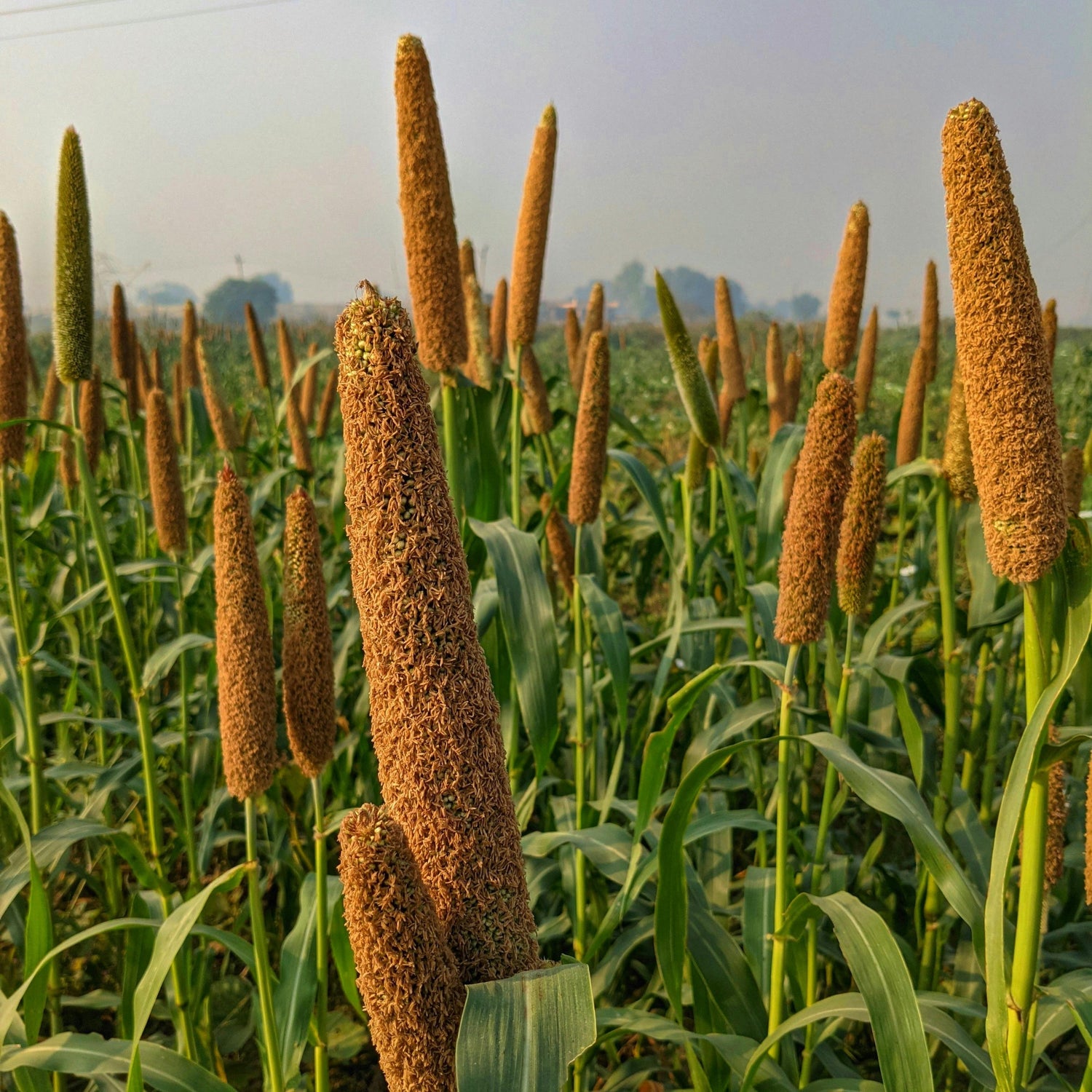
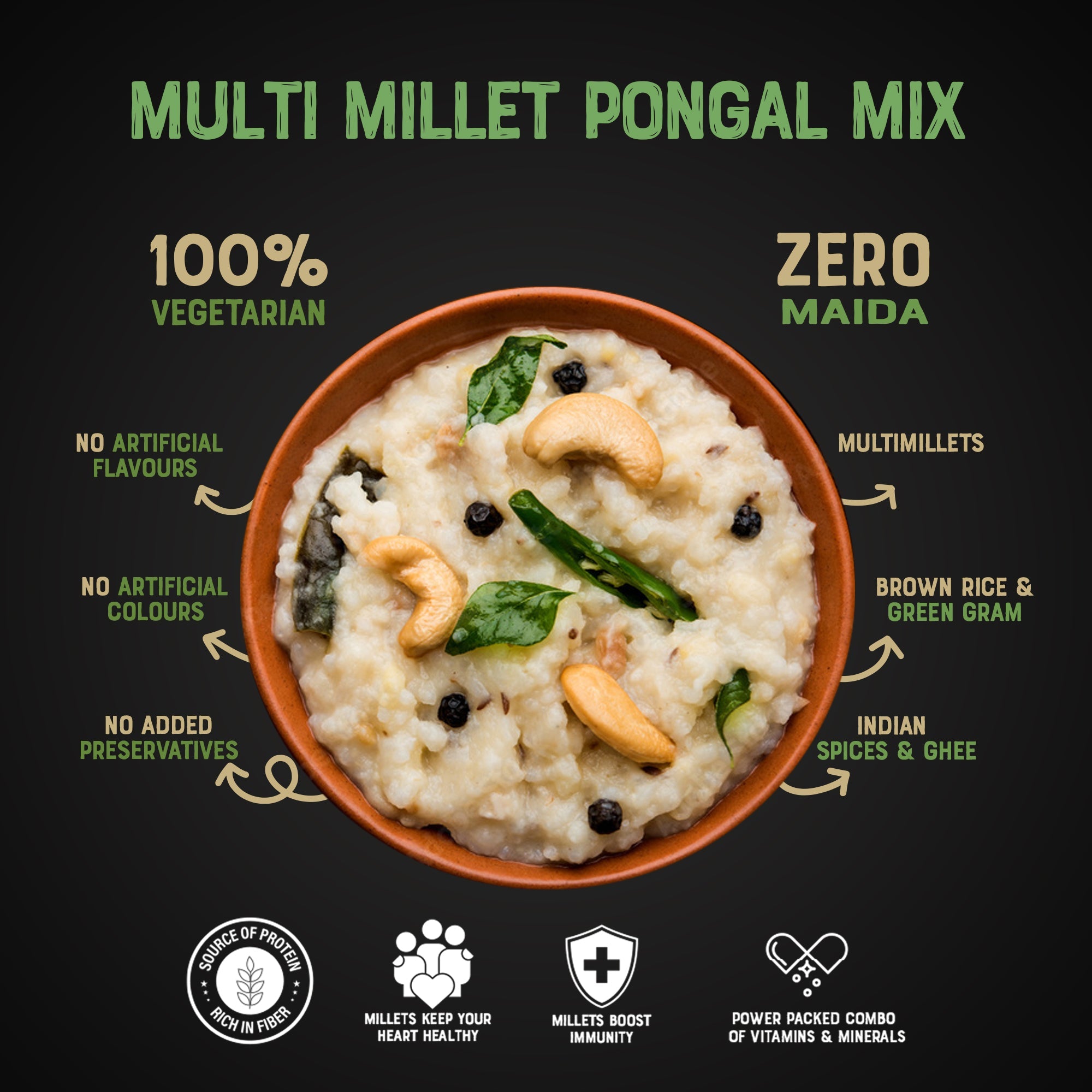
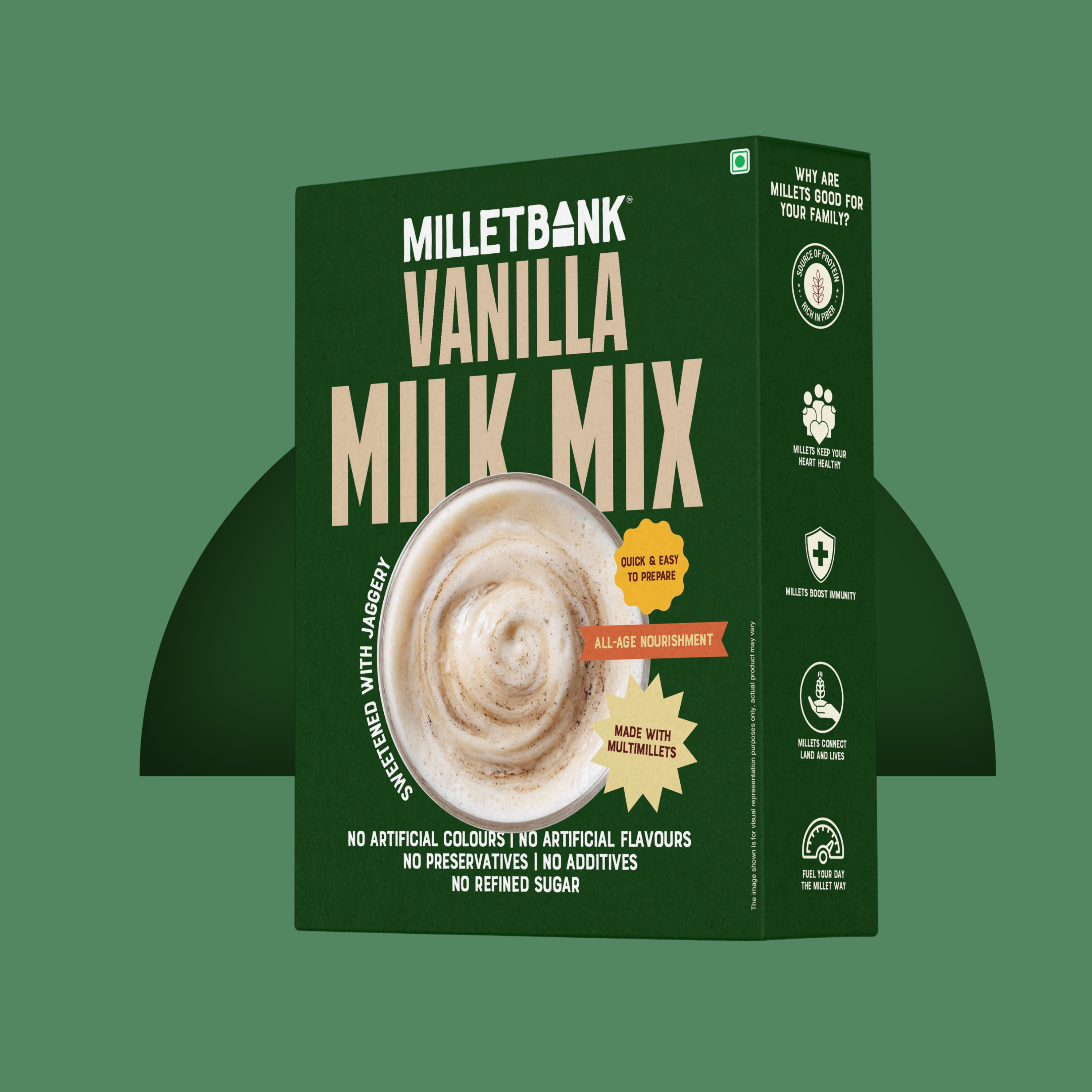
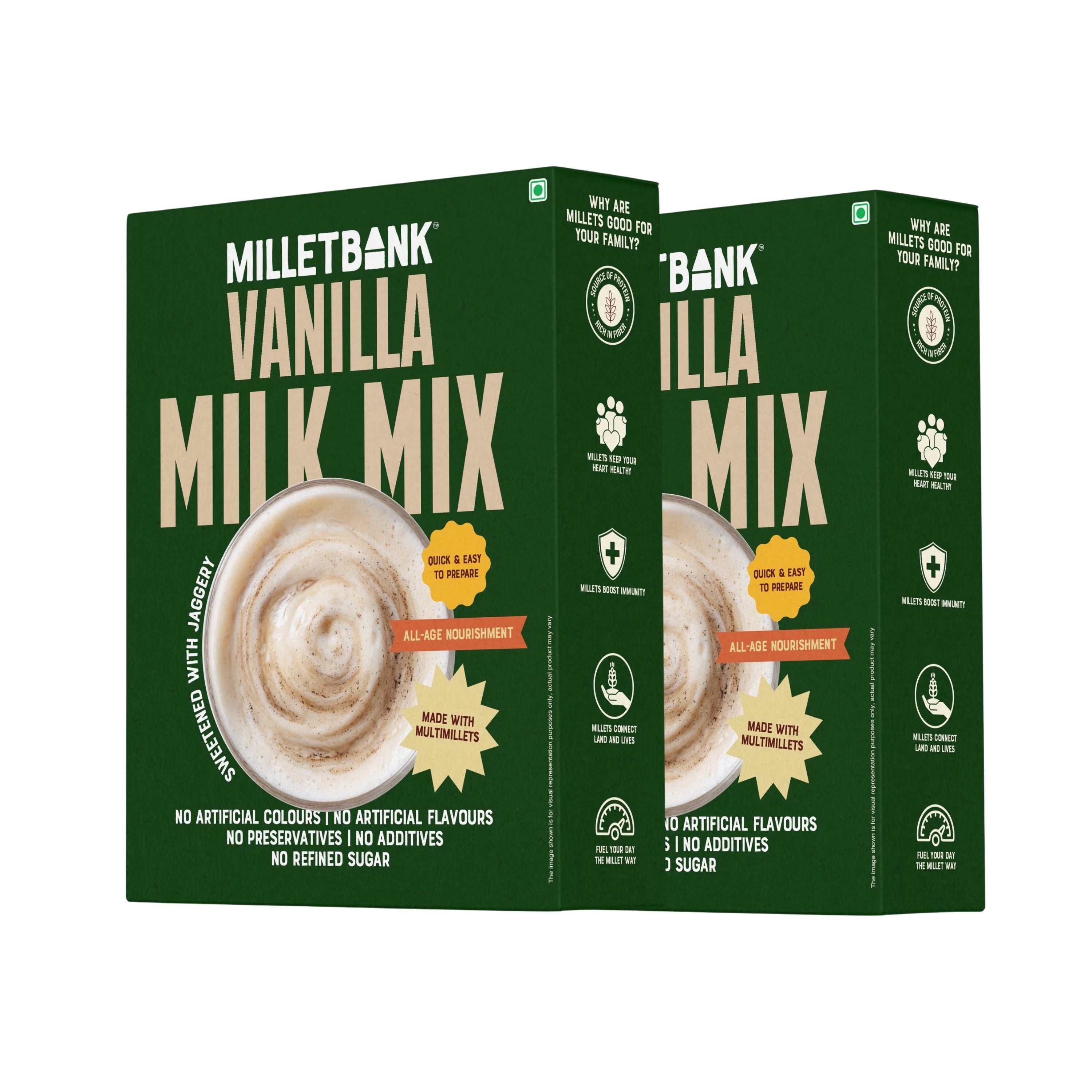
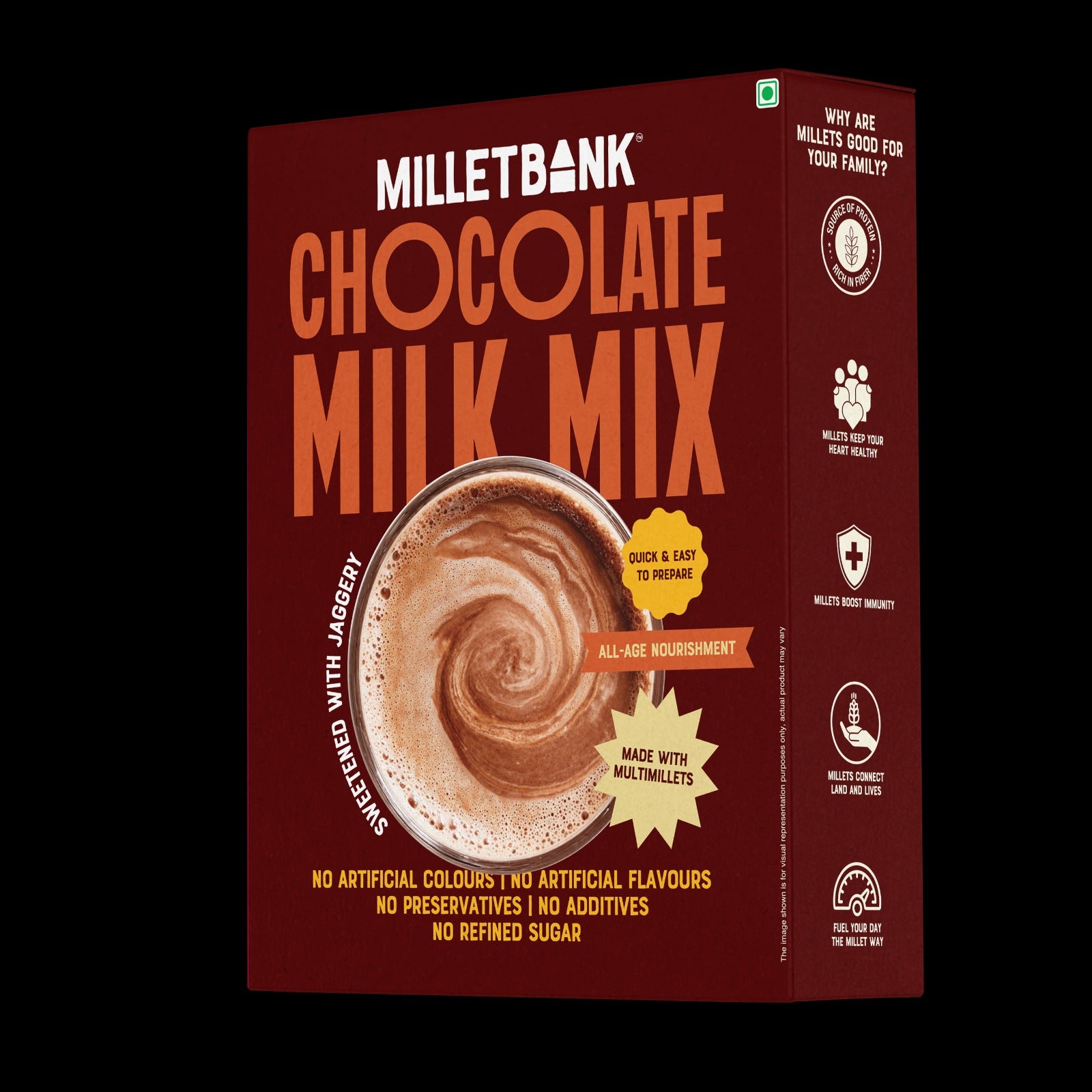
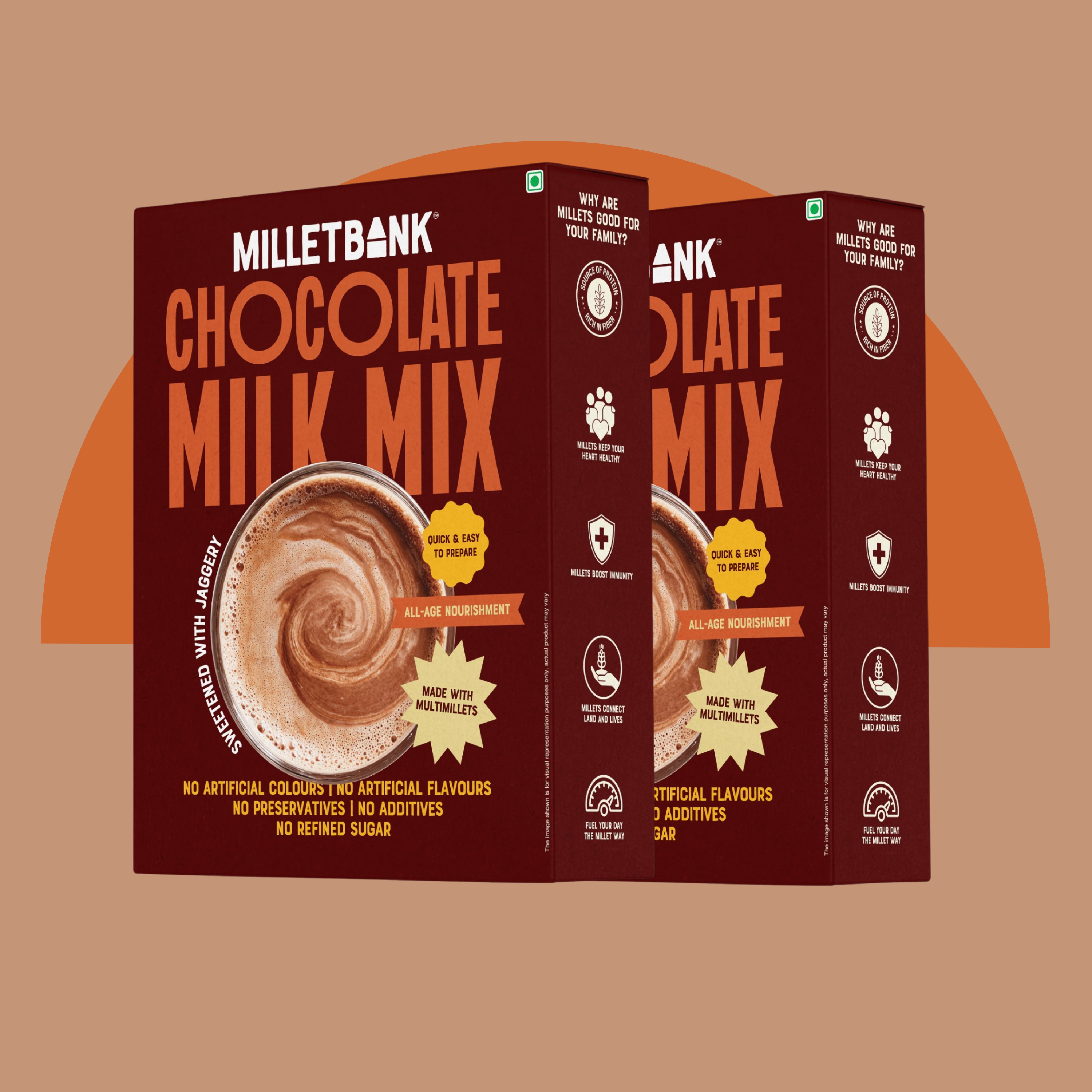
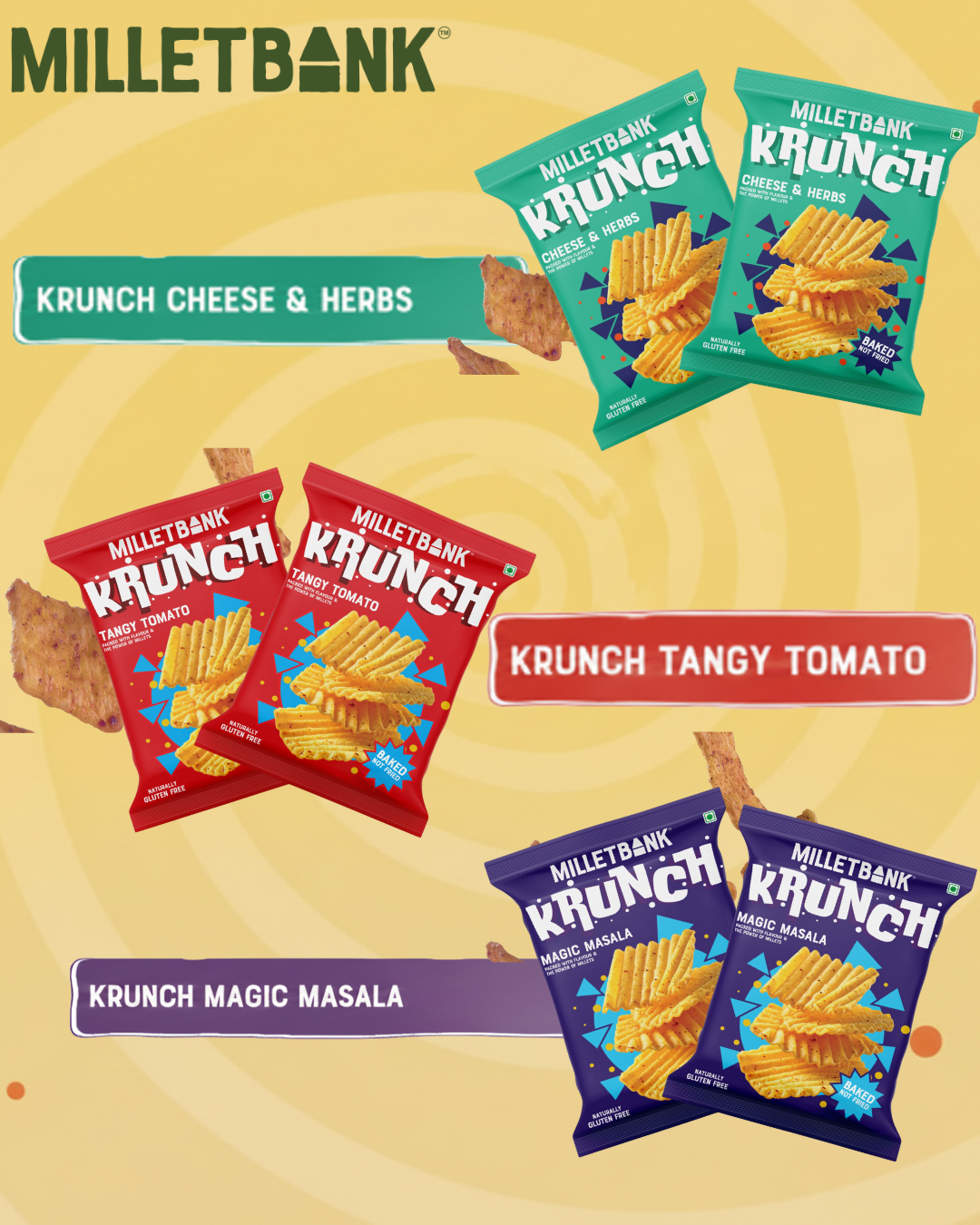
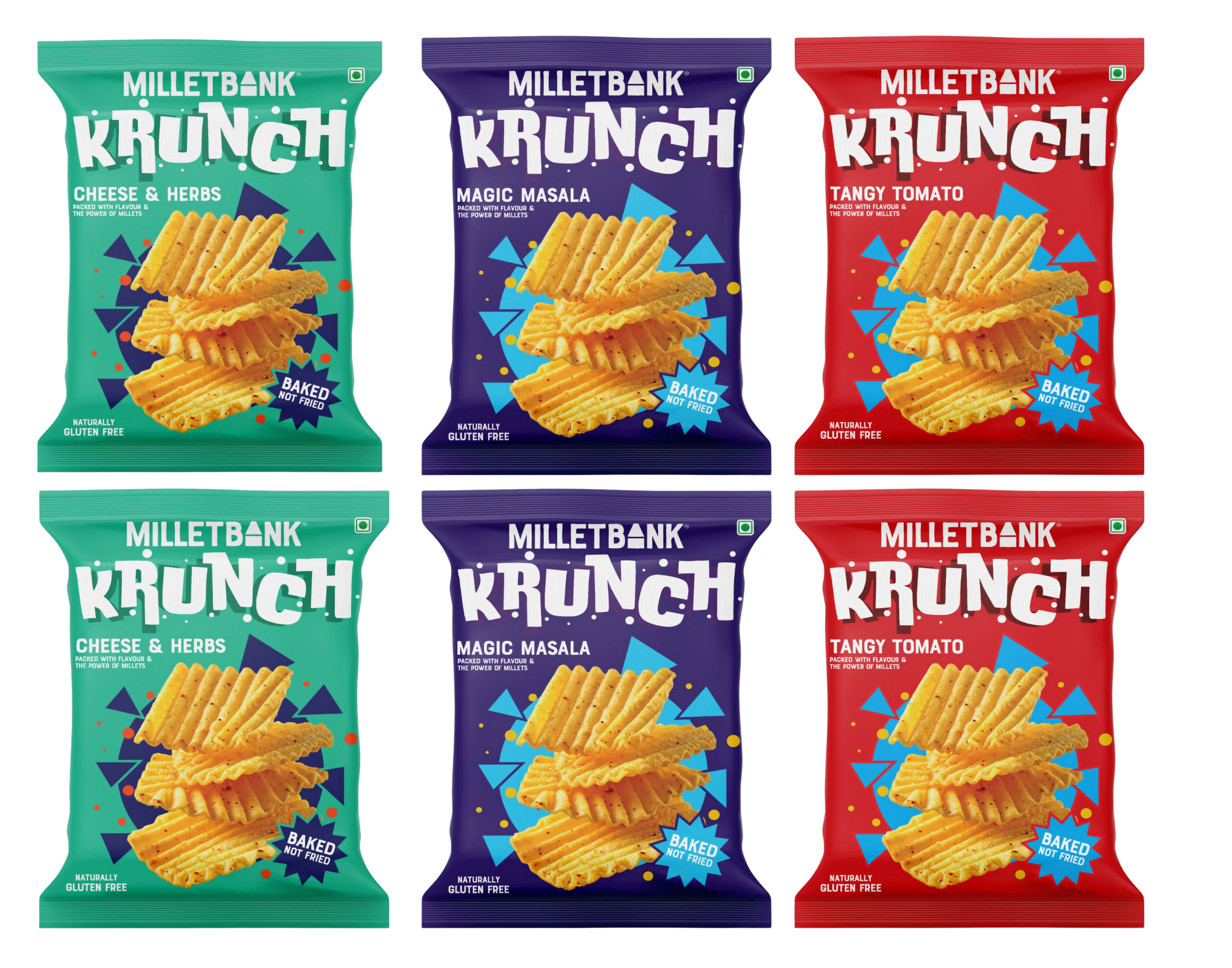
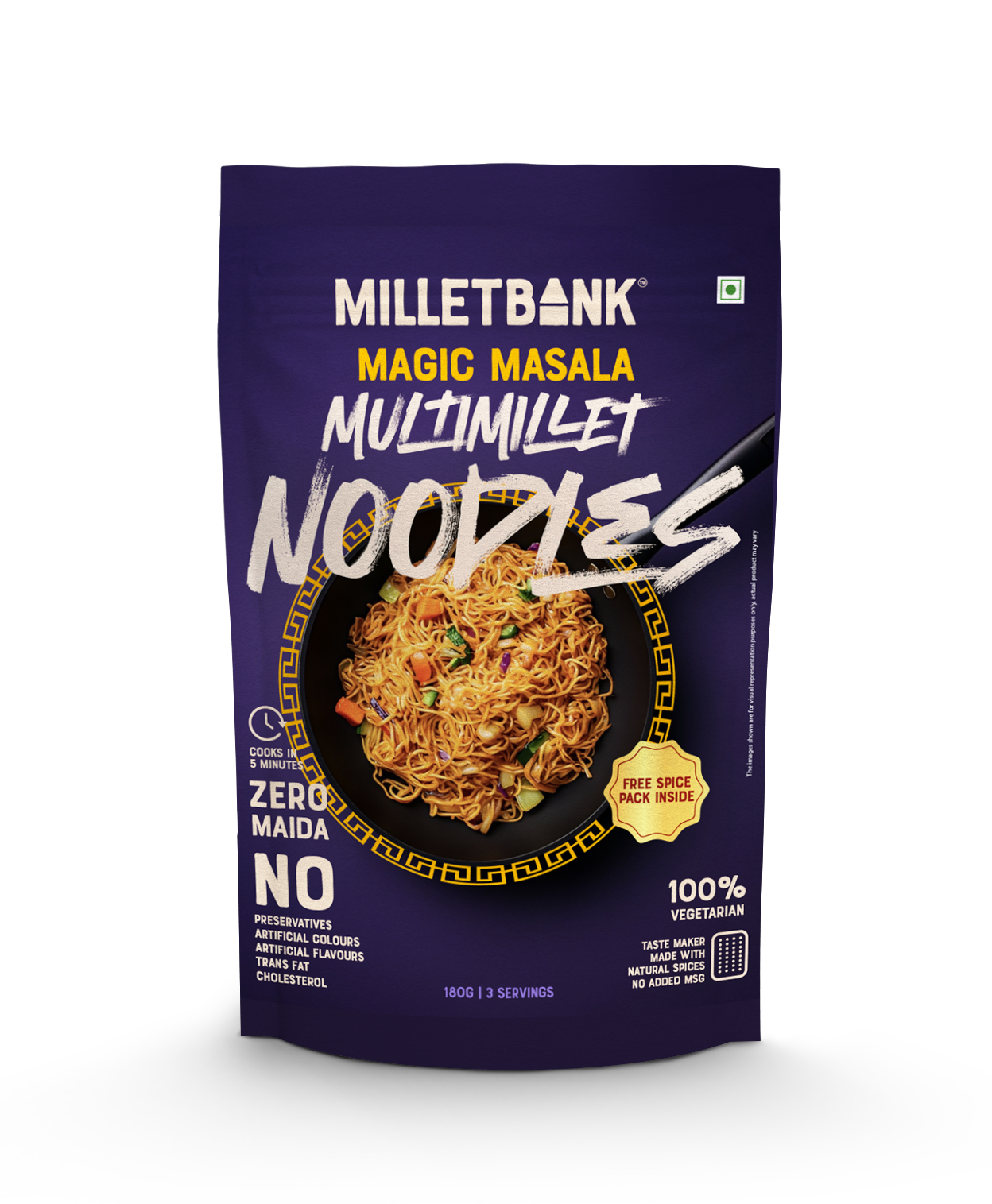
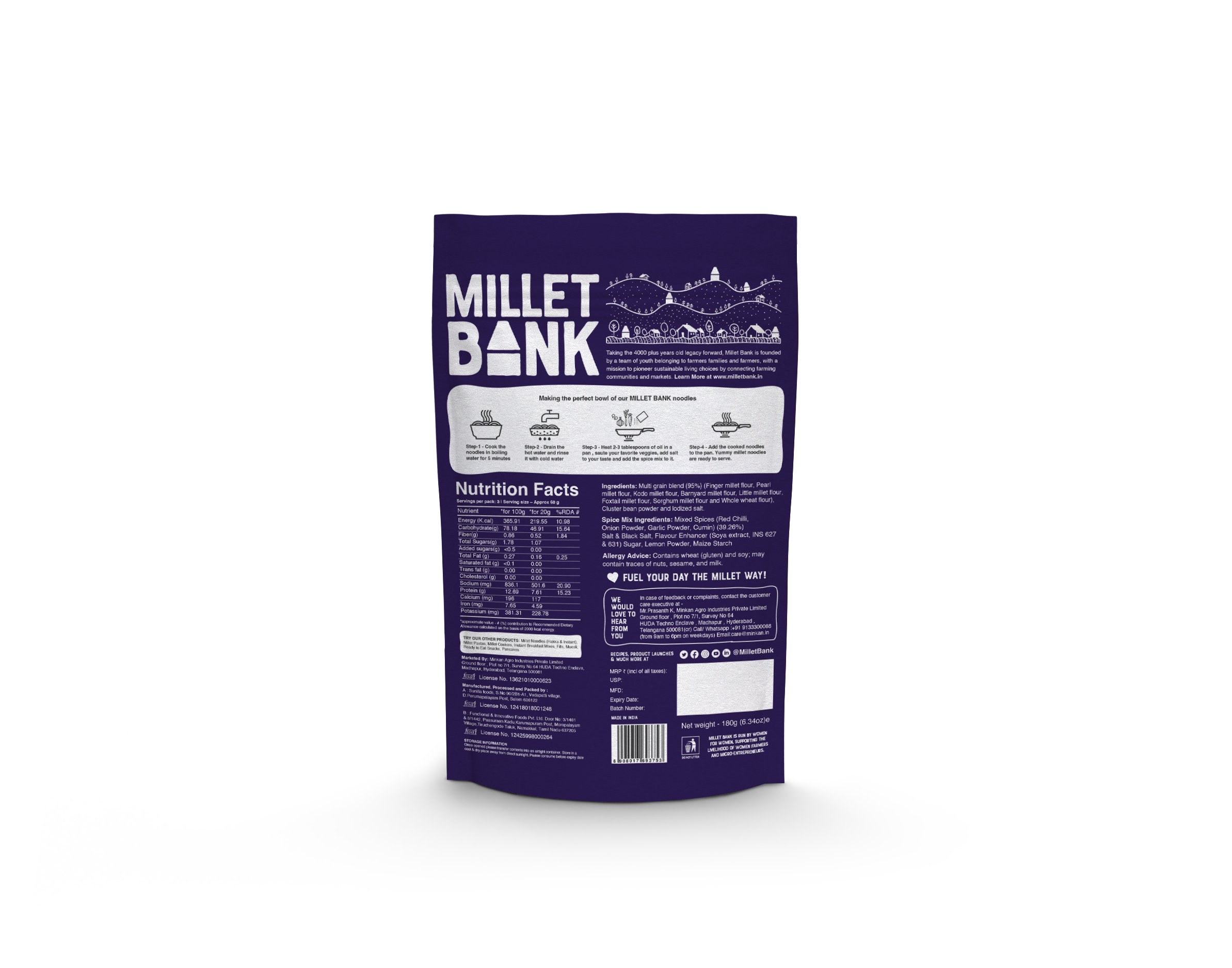
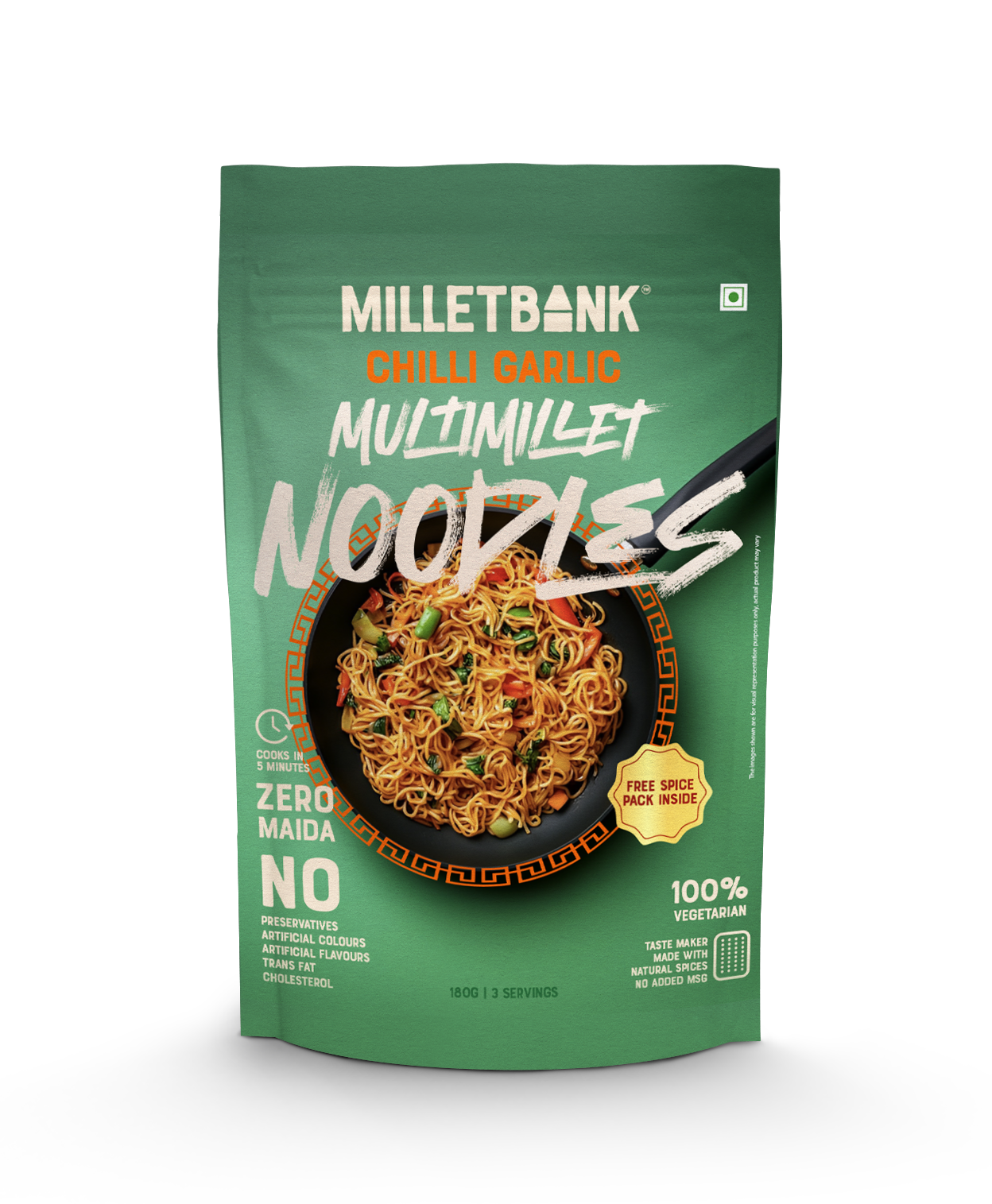
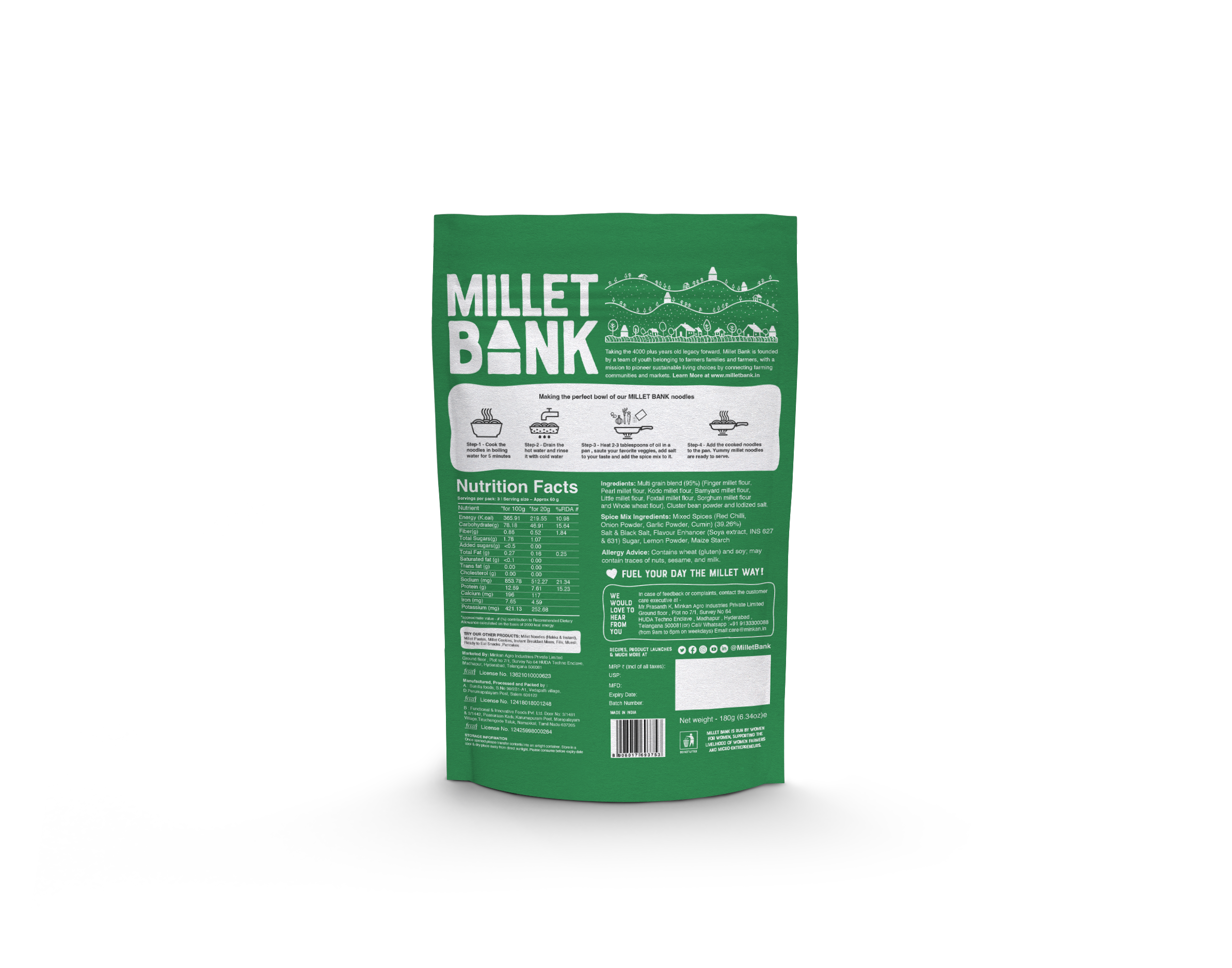
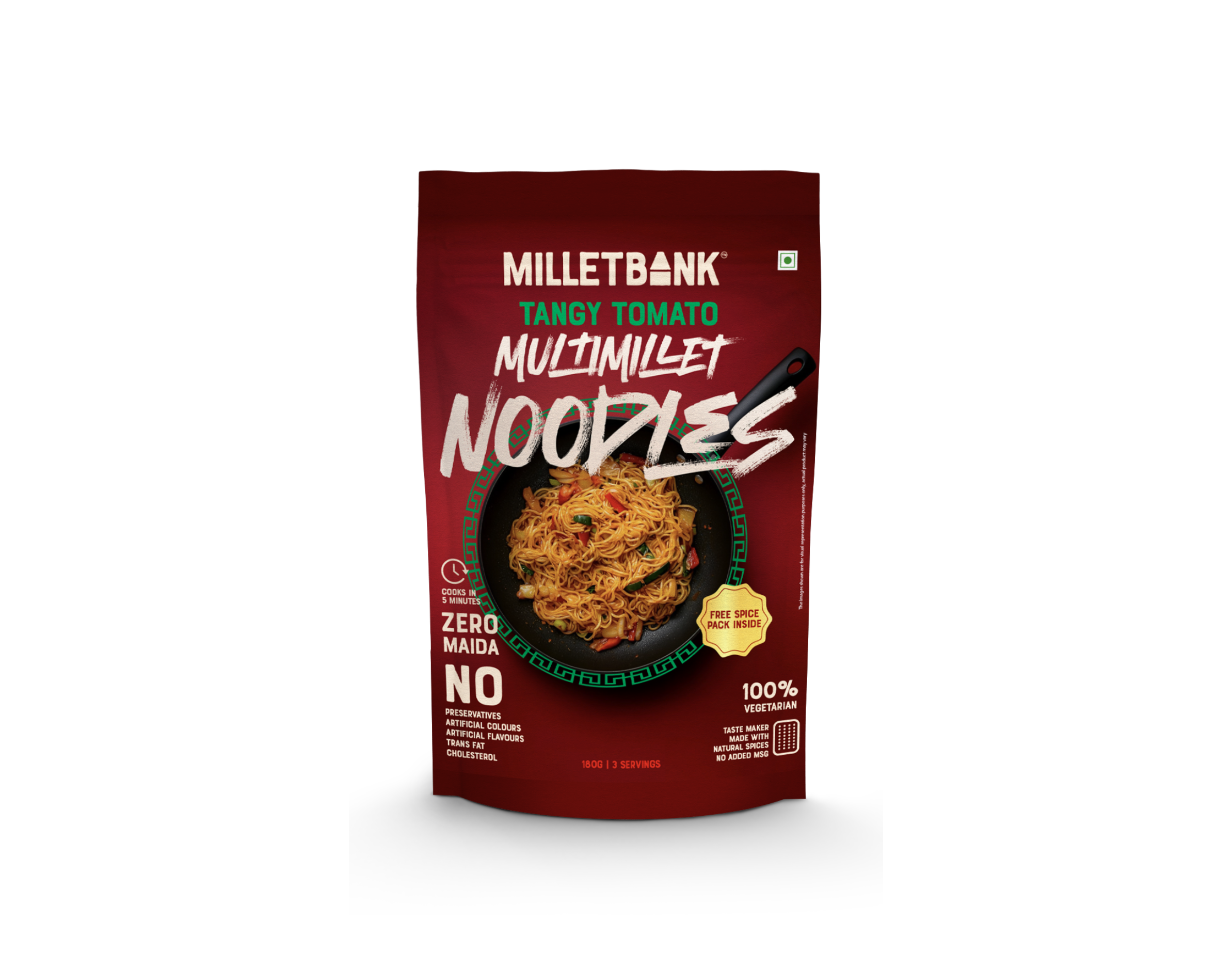
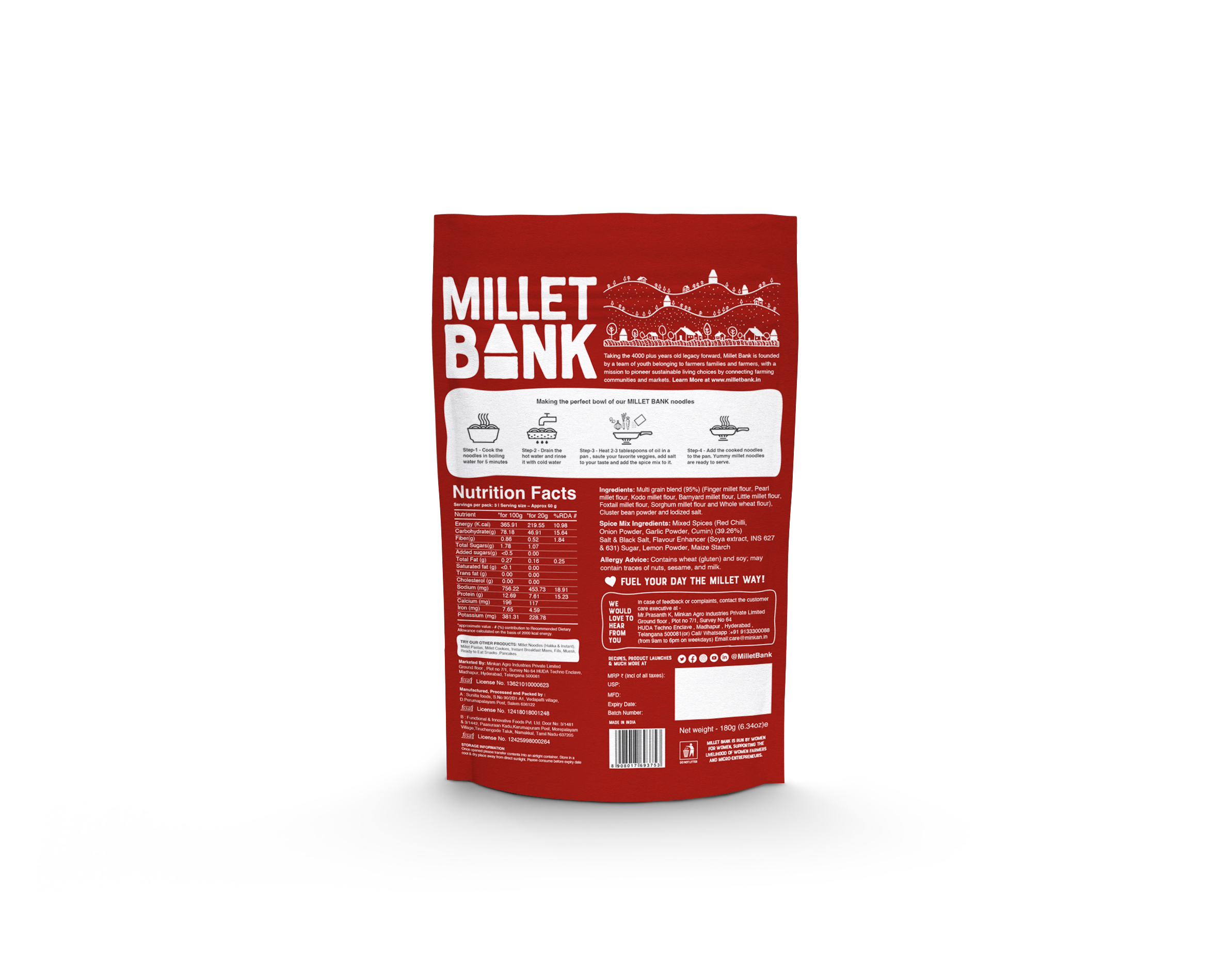
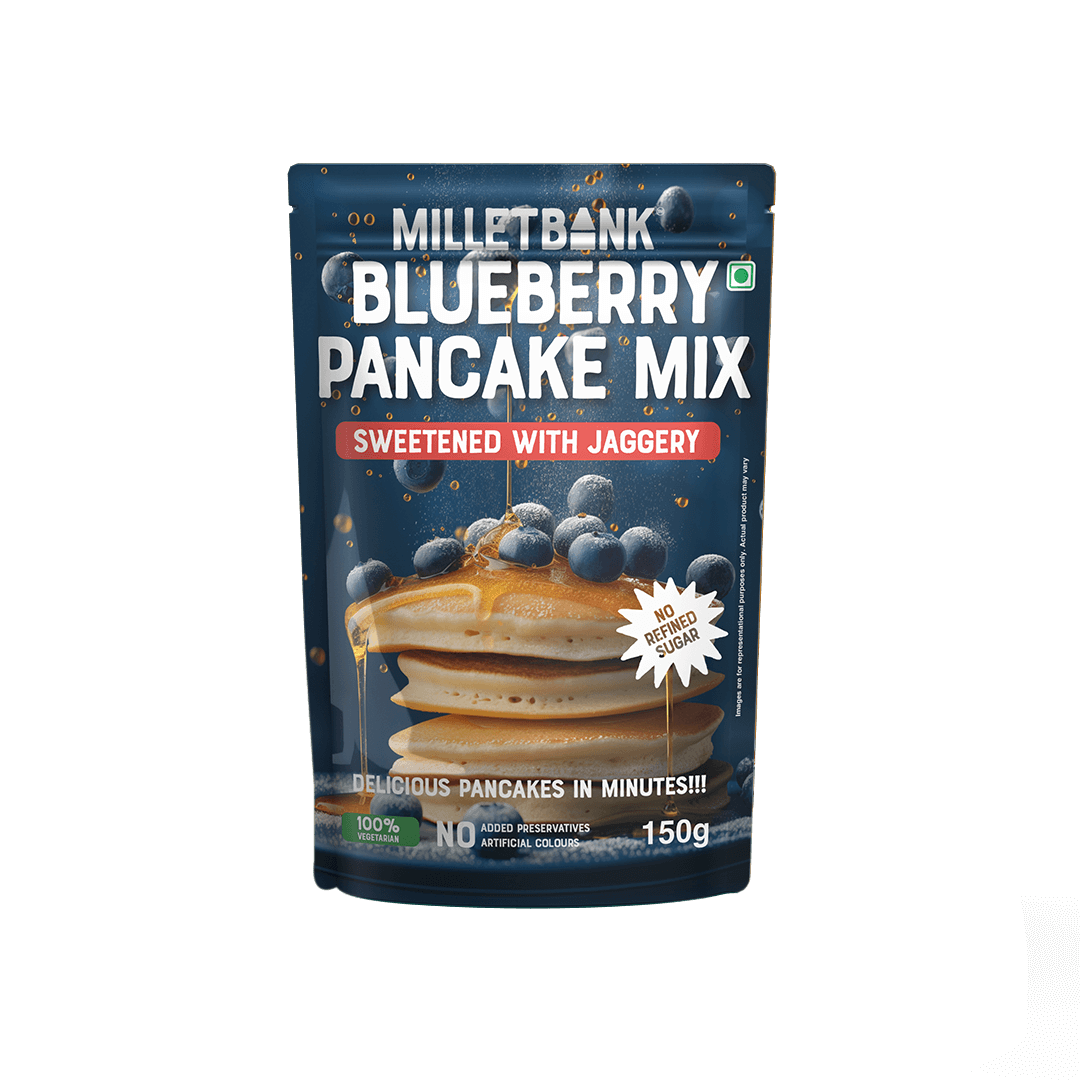
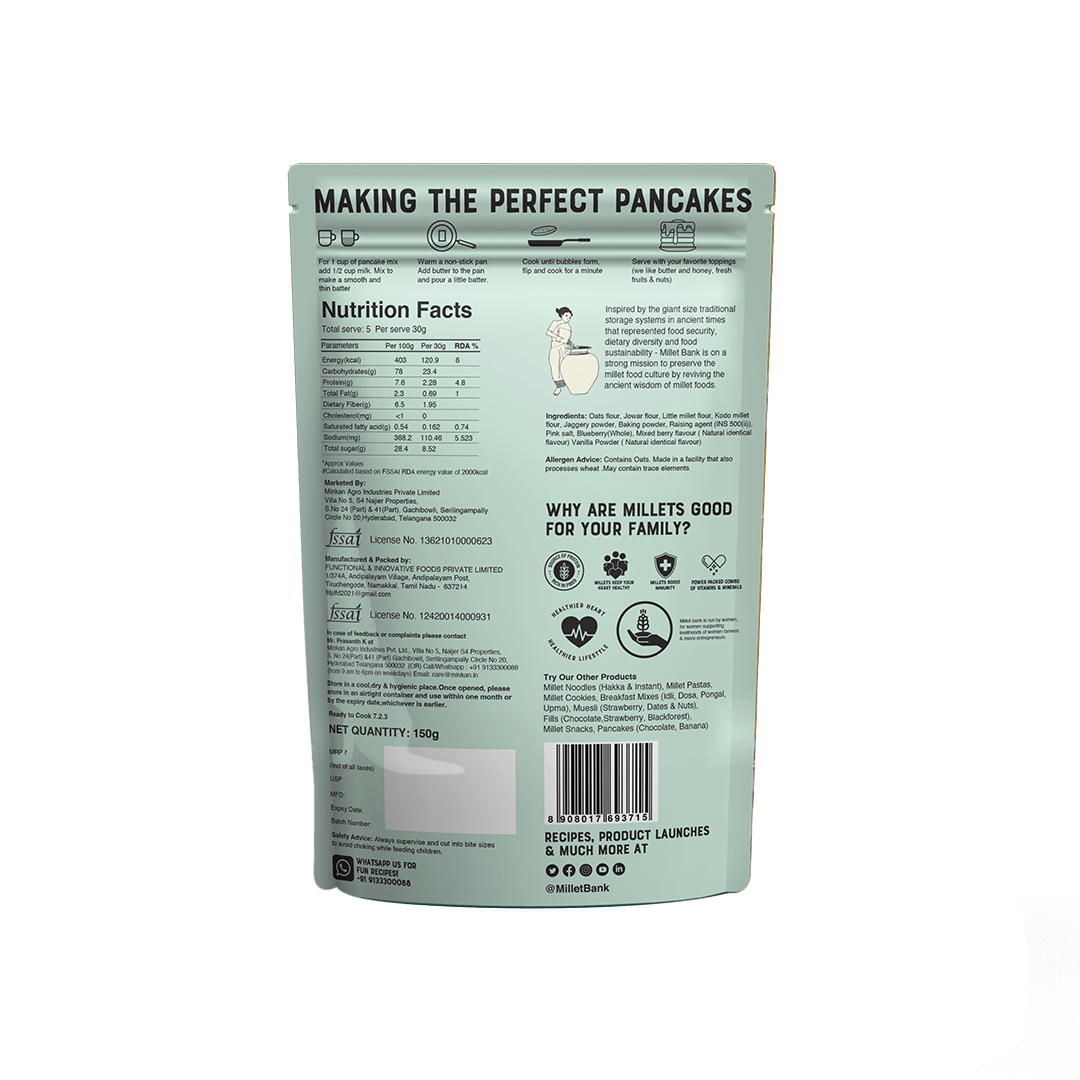


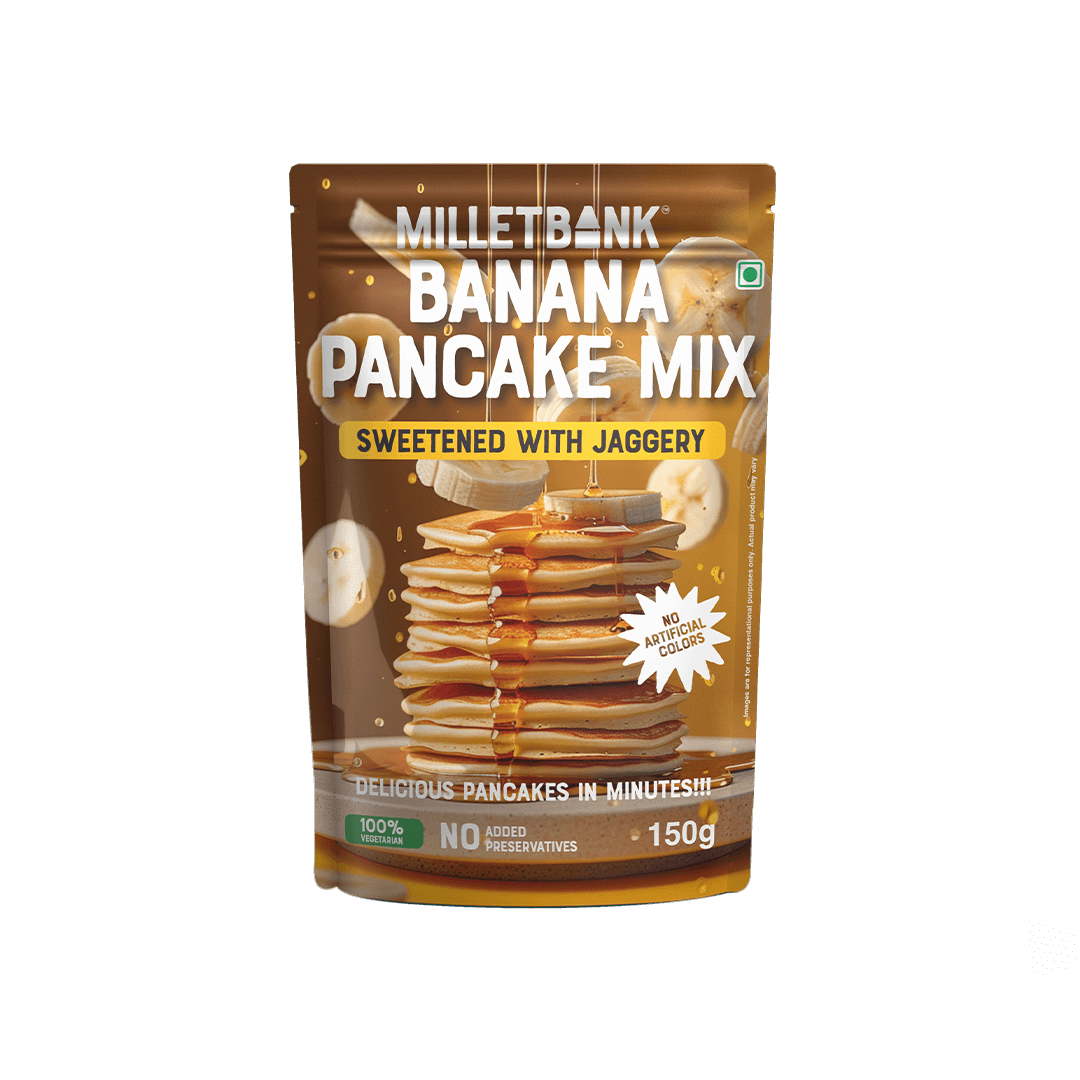

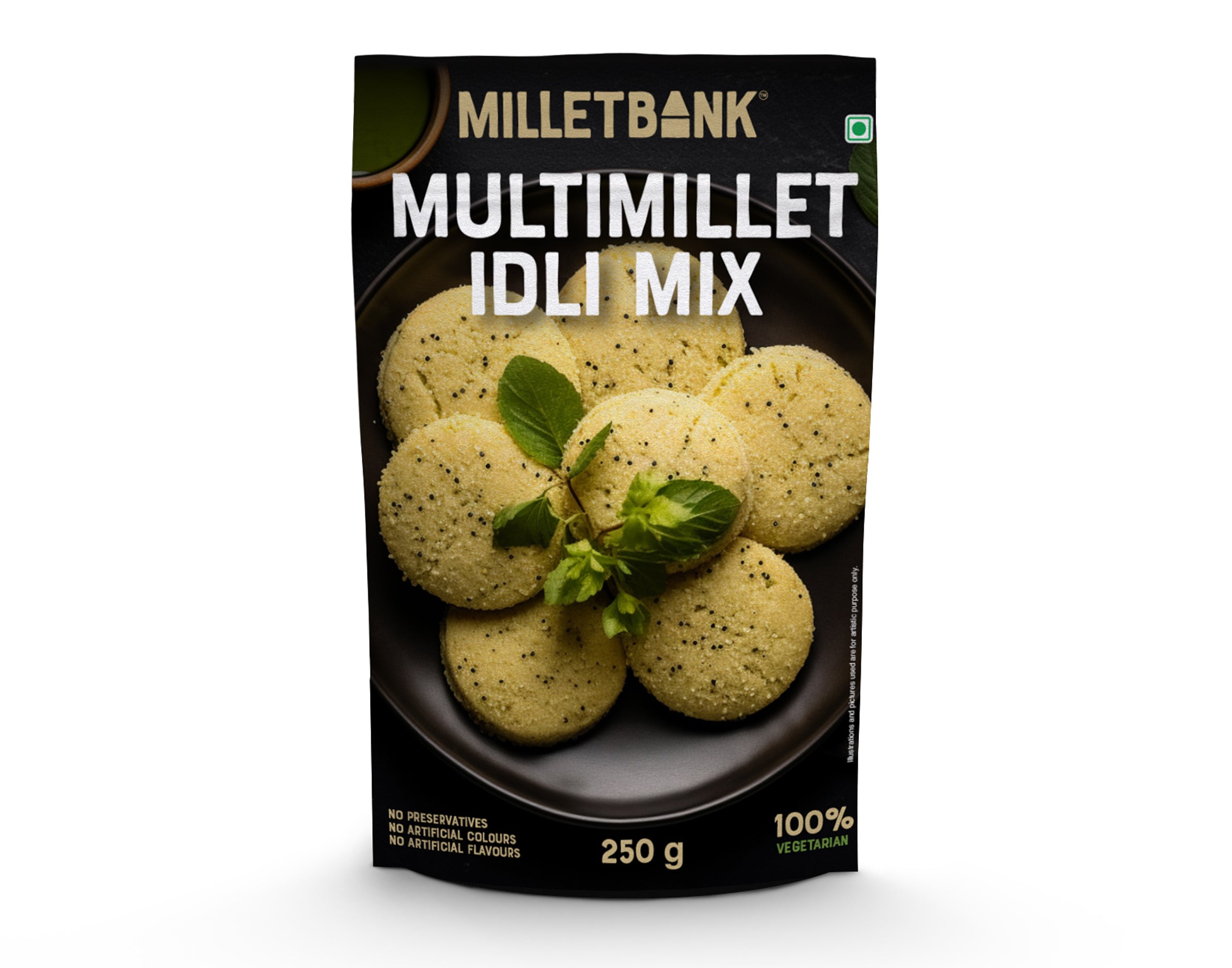
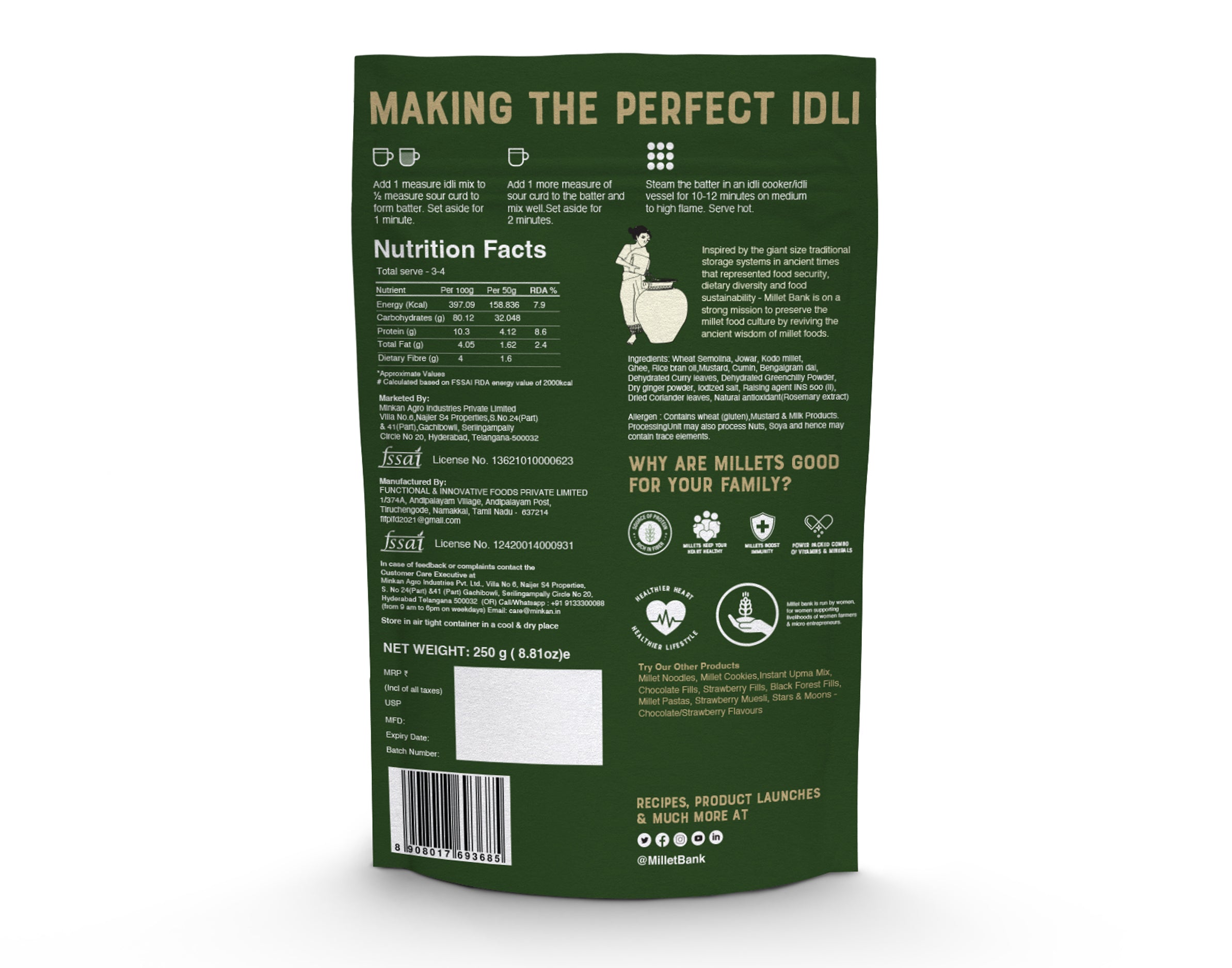
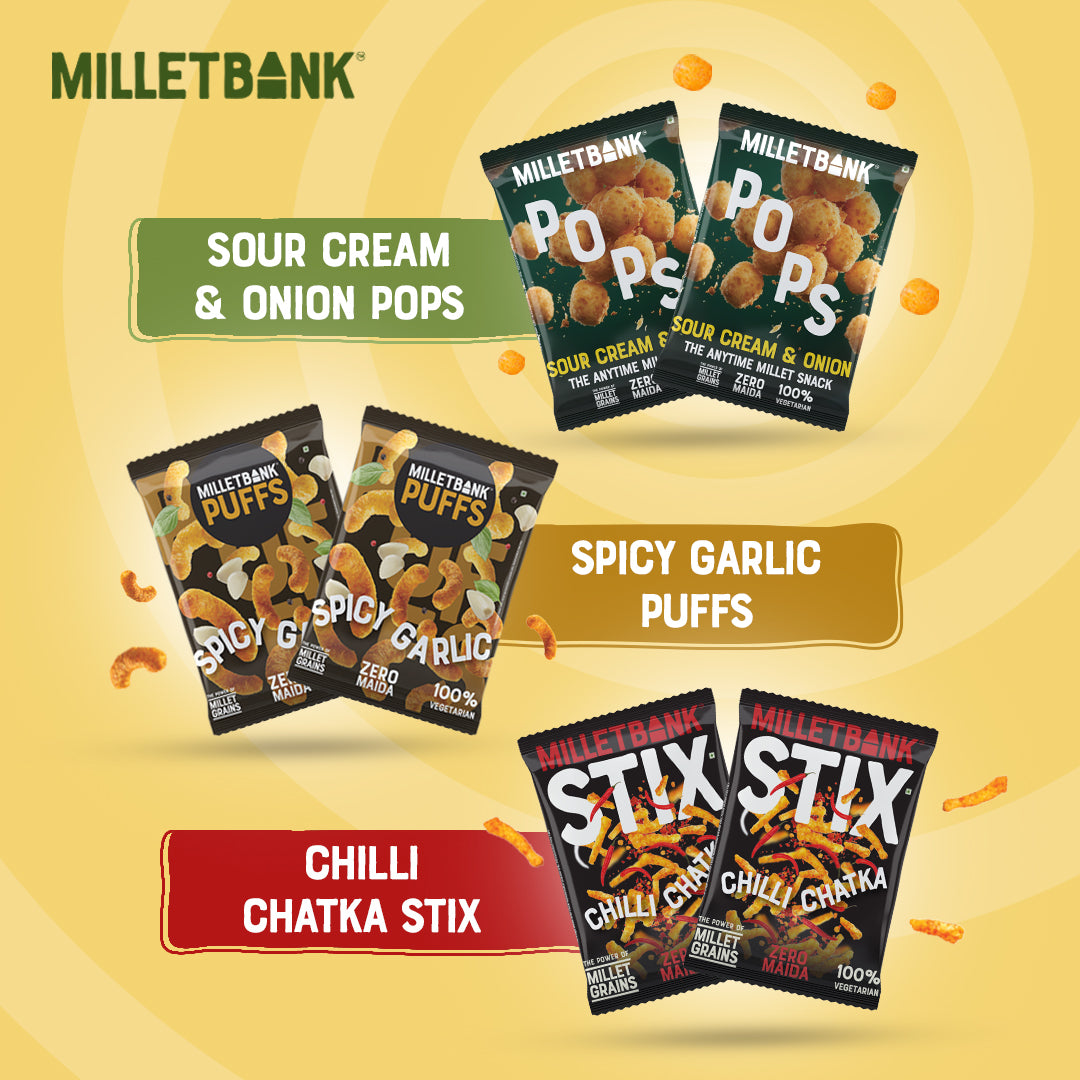
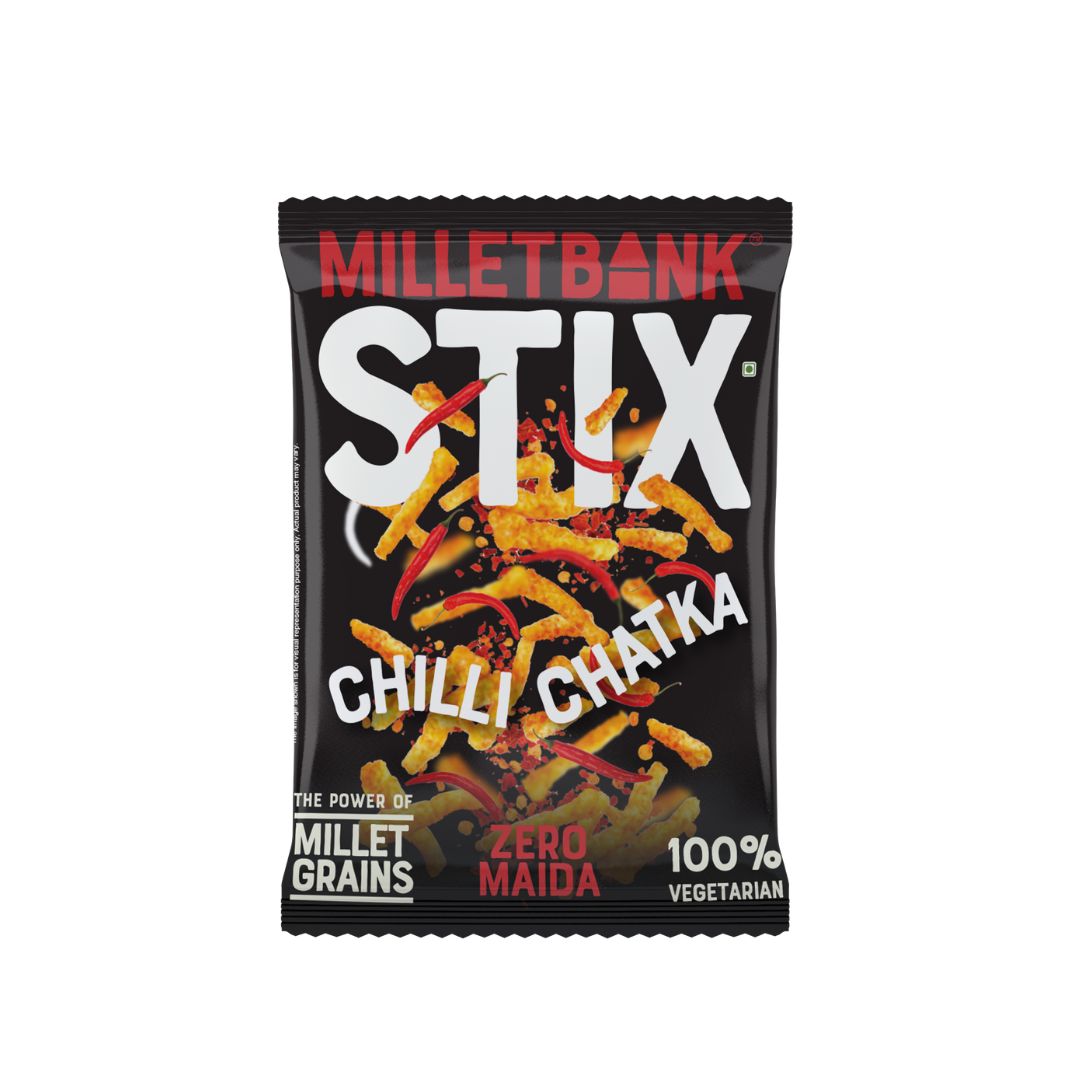
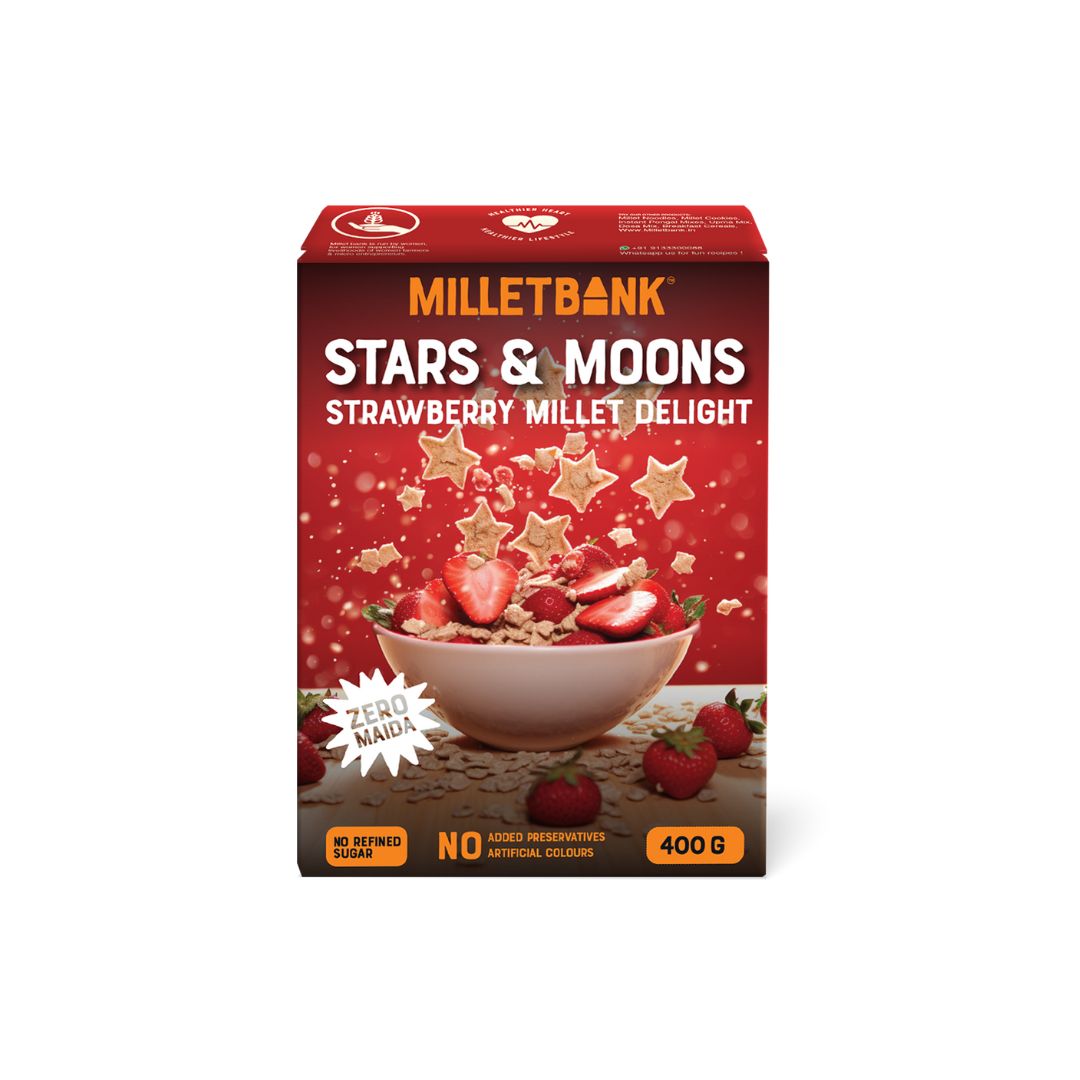
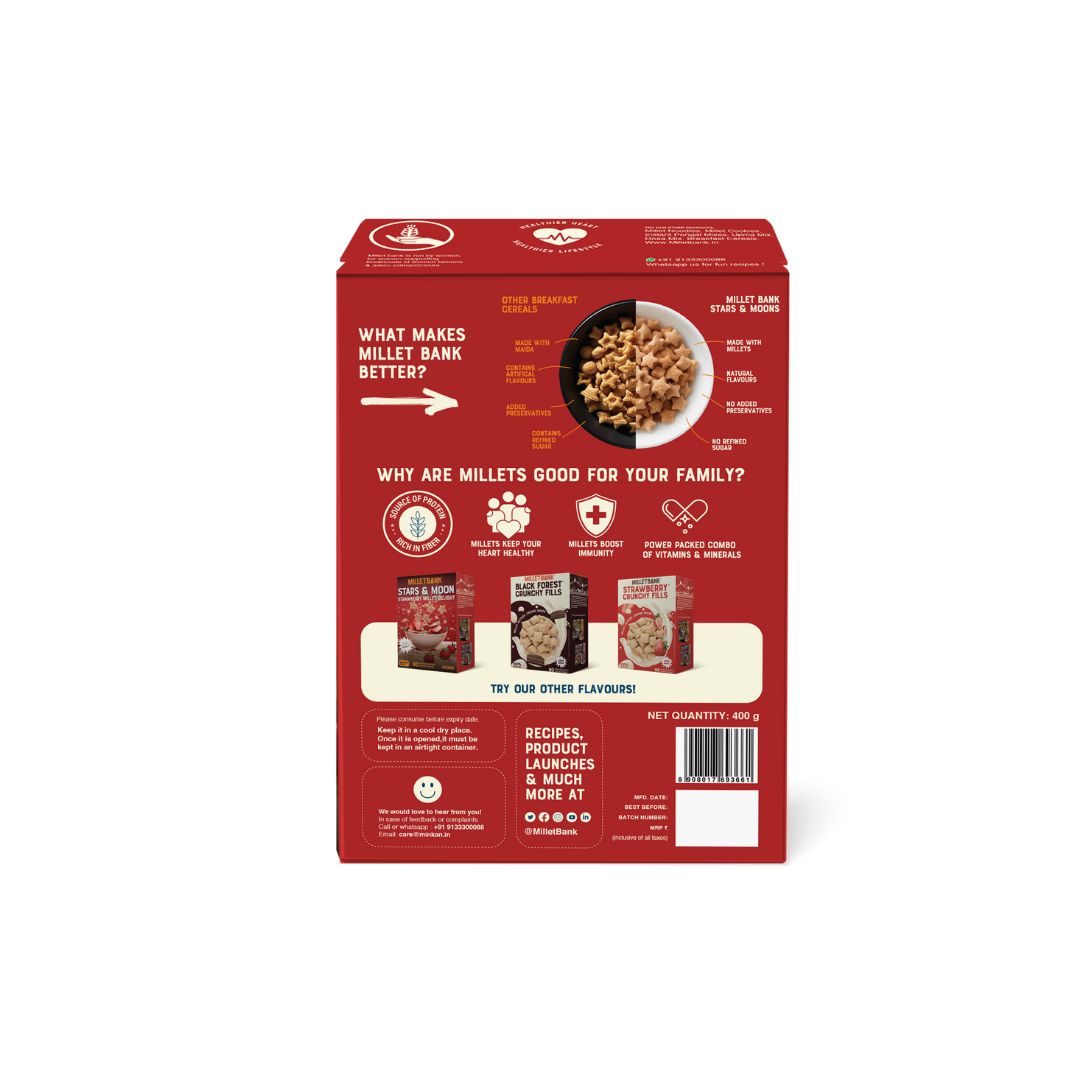
Leave a comment
This site is protected by hCaptcha and the hCaptcha Privacy Policy and Terms of Service apply.